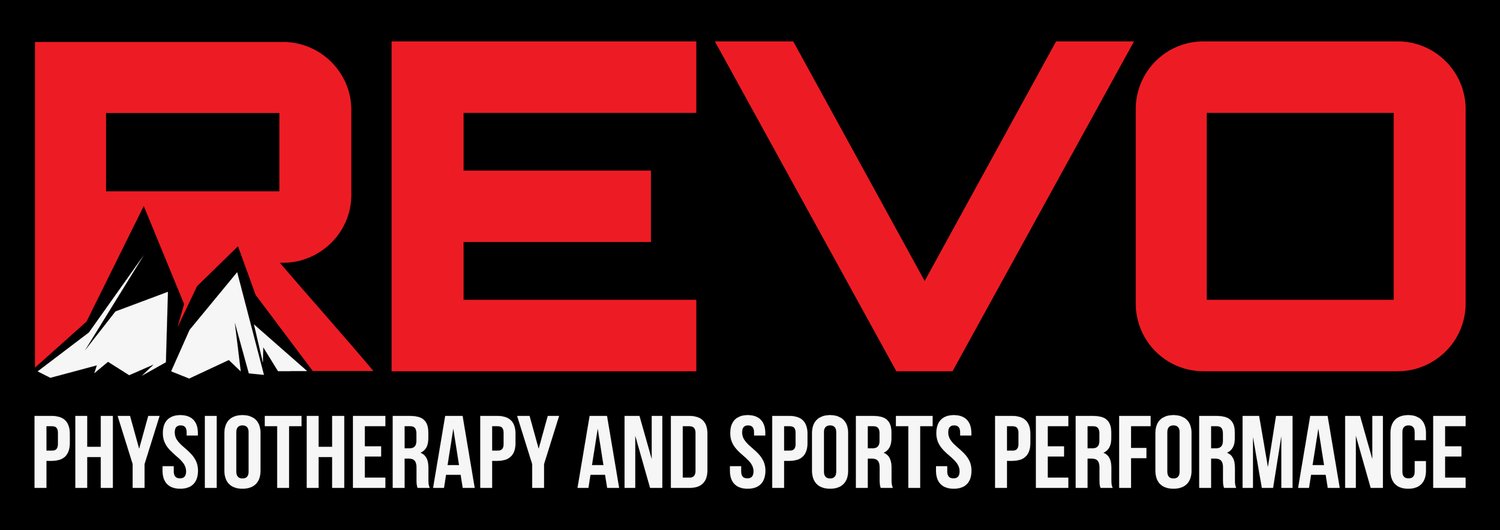Shoulder Health Pro-tips
If you’ve seen the REVO instagram page you’ve seen our reels about keeping your shoulder healthy. This area is a frequent trouble spot for many of us.
Why? Why is it that the shoulder is such a common area of pain or limitation? There are many reasons, but from the perspective of a seasoned manual therapist we have to look at the sole skeletal attachment that connects the entire shoulder girdle to the frame. The entire shoulder girdle including the scapula/shoulder blade, the humerus down to the hand and all the soft tissue involved…only attaches where the clavicle/collarbone connects to the acromion process of the scapula.
That’s right, the entire arm and shoulder rely on the connection in an area many people have heard referred to as the AC joint, for acromio-clavicular. If you’ve had a collarbone or clavicle injury you have certainly heard of the AC joint. And as such, all of the soft tissue involved is trying to work together for healthy, full range of motion.
Since many of us deal with some frustration in this complex area, here are a few tips to help maintain healthy tissue mechanics:
Try to contract then relax for your upper traps. If your shoulders creep towards your ears like many of us, rather than trying to drop your shoulders out of exasperation–give them a job to do first. Engage your shoulders up towards your ears with 10-15% of effort, hold for a few seconds, then let go. You will often find they are more relaxed and lower. Repeat as needed.
External rotation noting the angles: often when we start working on shoulder health or posture we think we need to crank the shoulder blades down…but many structures may not be ready for that just yet. You may want to start by gently re-conditioning the musculature by focusing on the angle of your humerus. Bring your forearms up in front of you like a guide, rotate them away from center until you feel resistance, then lower your arms. Your humerus and shoulder are now in better positions. Practice this throughout your day.
Building off of the last example, incorporate this as an exercise. Follow the initial steps, rotate your forearms away from center until you feel the resistance, then gently press into that resistance to help a)open up the internal rotators and b) strengthen the external or lateral rotators.


